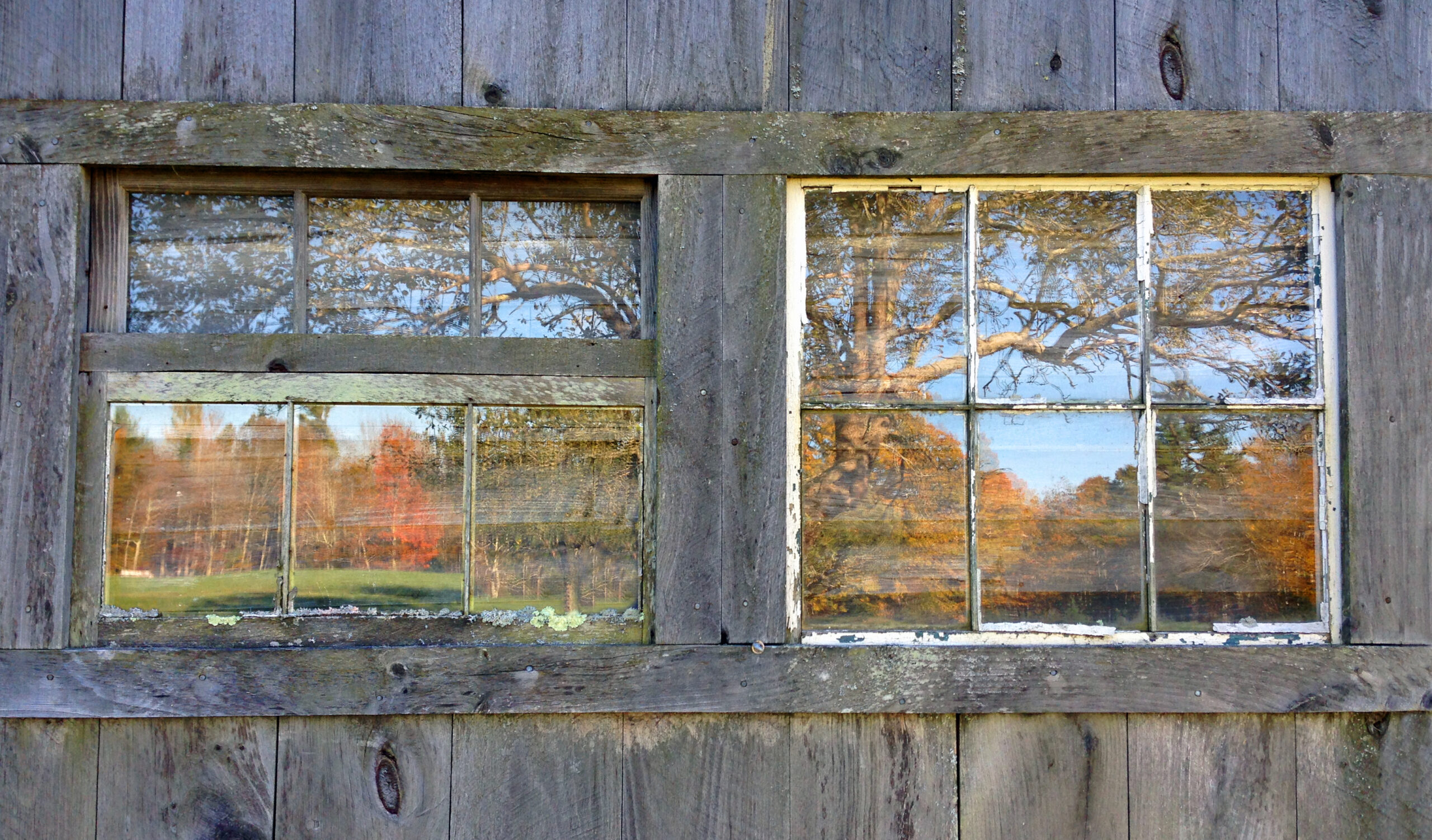
It seems that there is no long-term solution. While medicine and social knowledge (NPR) might give people the short-term edge, it seems that the battle will drag on for many years, with only short-erm victories for human beings. While short-term solutions reside partly in pharmaceutical initiatives and partly in social psychological modifications, there is no long-term solution to be offered either by the medical researchers or the psychologists. We might win our battle with COVID-19, but there are many other viruses waiting to enter the fray.
Furthermore, it seems that the advantage for the viruses of the future resides not just in their extraordinary ability to change and adapt, but also to a specific human factor. As Thomas Friedman (2005) has noted, our world has become much flatter over the past couple of decades. Globalization gives the virus the edge. Christakis (2020, p. 298-299) frames it this way:
Globalization, mass migrations, rapid airline links, the ever rising size of the human population, and humanity’s increasing localization in huge and densely packed metropolises . . . contribute to the persistence of deadly infectious diseases. Outbreaks of novel pathogens reflect, among other things, changes in the way humans come into contact with animals. In fact, two of the biggest global challenges humans face—extreme weather events (like hurricanes and droughts) and periodic outbreaks of serious diseases—may be linked to climate change.
It is also worth noting that distinctions I have been drawing between different societies might soon be outdated (or at least more nuanced). While there is now greater diversity regarding the prominent narratives in the world, there is also a slowly emerging collective agreement on the way our world operates and how power and privilege are attained. Our world is becoming flat (Friedman, 2005) This collective narrative might, unfortunately, be now leaning toward authoritarianism as the regressive pressure associated with collective anxiety mounts—for our world is also becoming curved and dangerous (Smick, 2008) with COVID-19 contributing to the often destructive and escalating conditions of VUCA-Plus.
What then can we conclude? There could be a standoff between humans and the virus. It seems that viruses are coming to live with us. At best, viruses in the future will be like the common cold. We can reach a truce, but probably never declare a victory. Given that viruses in the future will be members of our personal and collective households, we must learn how to relate to them and must be open to learning important lessons from viruses of the future. They know us well—our fears, hopes, strengths, weaknesses and ways of being in the world and with other people. We must continue to inquire. Varda Silberberg’s wonderful analysis certainly exemplifies the nature of insightful and constructive inquiry that is needed as we learn to live with our new housemate. Hopefully, this companion essay and others in this book are of similar quality and value.
_________________________________








